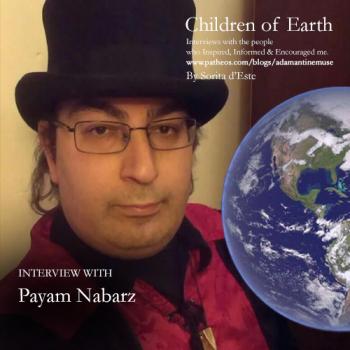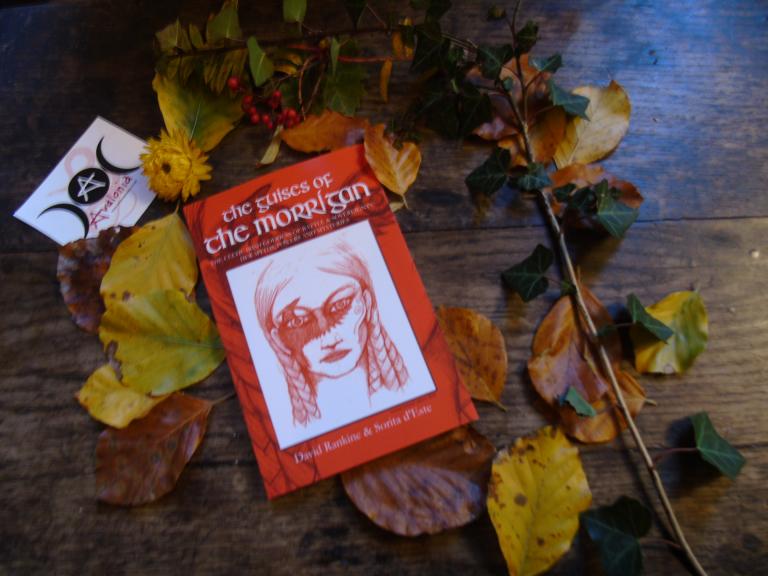Today, the 31st of October marks the Pagan festival of Samhain, the Christian celebration of Halloween (All Hallow’s Eve) and of course the very popular Day of the Dead, the Mexican celebration of an ancient Aztec goddess which has become so popular alongside Halloween in recent years. There are also many other significant religious celebrations this time of the year. Hindu’s celebrated Diwali a few days ago, a festival of lights celebrating the victory of light over dark. These festivals are talked about and celebrated, but in the British Isles and Ireland there is another significant event which perhaps, considering the obsession with the weather in this part of the world, we should be talking about more.
It is also the birthday of the Cailleach today!
Also see: Crone of Winter: The Cailleach and The Cailleach’s Winter Customs.
Here is a short extract from the section on the Winter Goddess in my book, The Guises of the Morrigan.

“In one account the Cailleach is reborn on every All Hallows Eve (31st of October, the pagan festival of Samhain) as the winter goddess returning to bring the winter and the snows. She carries a magical staff which freezes the ground wherever she taps it.
At the end of winter, the Cailleach returns herself to the earth by turning to stone on Beltane Eve (April 30th with Beltane being on May 1st). The stone she turned into was said to remain “always moist”.[1] Before turning to stone, she would throw her magic staff under a holly tree or gorse bush, which are her sacred plants. A local verse provides an explanation, linking the action to the barren area usually found under holly trees:
“She threw it beneath the hard holly tree, where grass or hair has never grown.”[2]
In another legend, the Cailleach ushers in winter by washing her gigantic plaid (tartan cloth, usually worn over the shoulder) in the Corryvreckan whirlpool. This whirlpool near Jura and Scarba off the west coast of Scotland, and is also known as the Cauldron of the Plaid and the Cauldron of the Speckled Seas.
“Before the washing the roar of a coming tempest is heard by people on the coast for a distance of twenty miles, and for a period of three days before the cauldron boils. When the washing is over the plaid of old Scotland is virgin white.”[3]
The Cailleach is described as Gentle Annie[4] by the sailors of Cromarty in their efforts to appease her. The sudden storms which blow up there are considered to be caused by the Cailleach playing tricks with the weather. She is referred to in 18thcentury records from Strathlachlan as The Old Wife of Thunder due to her ability to command the weather at her pleasure. In perhaps the most extreme example of this weather aspect, she descends from Lochlann in a dark cloud and throws down thunderbolts and lightning, setting Scotland’s forests on fire.[5]
—–
[1] Scottish Folk Lore and Folk Life – Donald MacKenzie, 1935, p138.
[2] Witchcraft and Second Sight in the Scottish Highlands – J.G. Campbell, 1902, p254.
[3] Myth, Tradition and Story from Western Argyll – K.W. Grant, 1925, p8,
[4] Also see Black Annis.
[5] Transactions of the Gaelic Society of Inverness, Volume 26:277-9.
















